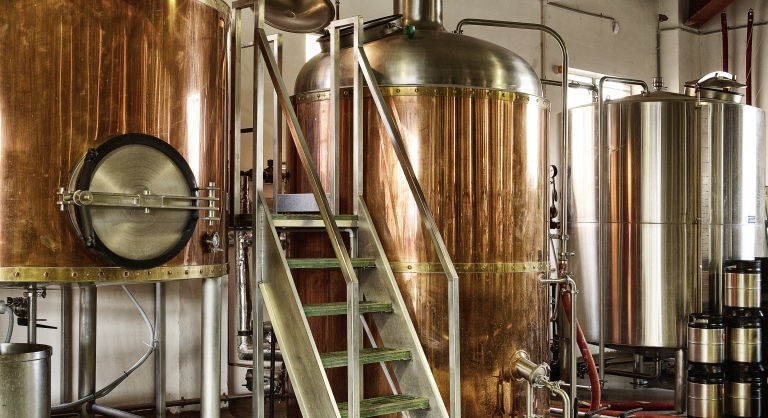Wastewater Disposal for Craft Brewers
Last month, a local brewery was informed by the Water & Sewer Commission in its town that its wastewater contained more pollutants than was originally anticipated. Then last week, news broke that the brewery and the Commission were close to reaching an agreement that addressed payments the brewery would make going forward for its discharge into the town’s wastewater treatment system. This agreement appears to resolve any potential issue and seems favorable to both sides. The news serves as a valuable reminder that, from the business standpoint of a brewery, even the quality of the liquid that doesn’t make it into the beer can play an important role.
Breweries should be informed of the local Publicly Operated Treatment Works’ (POTW) capacity and its regulations pertaining to certain types of pollutants. Discharge standards that are of particular concern for breweries include pH, Biochemical Oxygen Demand (BOD), and Total Suspended Solids (TSS).
Most breweries’ untreated discharge generally exceeds the limits allowed by POTWs. This means that obtaining a permit is likely necessary before a brewer can start producing more than a few pallets of cans. It’s also advisable to engage in certain practices to reduce the concentration in effluent to acceptable limits before sending it down the drain. This may mean adding chemicals to the wastewater to adjust its pH, or segregating things like spent yeast and grain from wastewater in order to lower the BOD and TSS. Many brewers then ship the byproducts off to be used as fertilizer or animal feed, and some have even used it to generate renewable energy.
New brewers, and those in planning, should take note, as issues with wastewater discharge will likely be part of the growing pains for any successful brewery.
Categorized: Wastewater
Tagged In: Discharge Standards, Disposal, Wastewater




